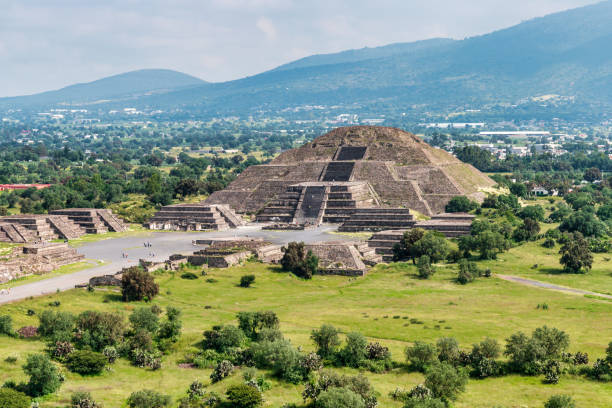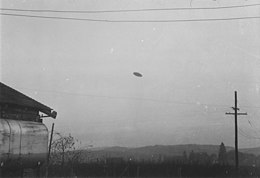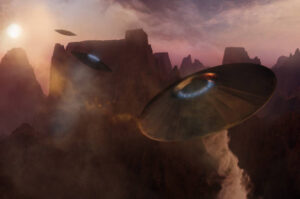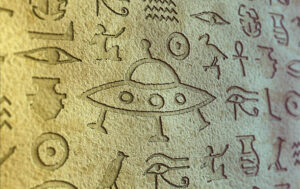Chichen Itza is an ancient Mayan city located in the Yucatan Peninsula in Mexico. It is one of the most famous archaeological sites in Mexico and is considered one of the New Seven Wonders of the World. The site is known for its impressive architecture, advanced astronomical knowledge, and cultural significance.
The name Chichen Itza means “at the mouth of the well of Itza” and refers to the natural sinkhole, or cenote, that the Mayans used for water. The city was established in the late Classic Period (600-900 AD) and reached its peak during the Postclassic Period (900-1200 AD). It was a major center for trade, religion, and politics in the Mayan world.
The most famous structure at Chichen Itza is the El Castillo pyramid, also known as the Temple of Kukulcan. This pyramid is an impressive feat of engineering and features four staircases, each with 91 steps, leading up to a temple at the top. The total number of steps, including the temple platform, adds up to 365, which corresponds to the number of days in a solar year. The pyramid is also known for its remarkable acoustic properties, which allow visitors to hear the sound of a bird chirping from the top of the pyramid throughout the entire plaza.
Another notable structure at Chichen Itza is the Great Ball Court, the largest ball court in Mesoamerica. The court measures over 500 feet in length and is flanked by walls that reach heights of 25 feet. The ball game played in this court was of great importance to the Mayans, and it was believed to have religious and political significance. The game was played with a rubber ball, and the objective was to pass the ball through a small hoop without using hands or feet.
Chichen Itza also features several other important structures, including the Temple of the Warriors, the Group of the Thousand Columns, and the Tzompantli platform, which features skulls and other images associated with death and sacrifice.
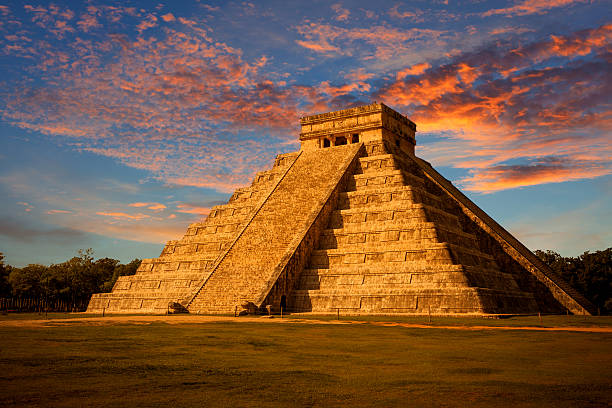
The astronomical knowledge of the Mayans is evident in several features at Chichen Itza. The Temple of the Warriors is aligned with the sun and Venus, and the Ball Court features shadows that resemble serpents during the equinoxes. The Cenote Sagrado, a natural sinkhole used for rituals and sacrifices, is also believed to have been used for astronomical observations.
Today, Chichen Itza is a popular tourist destination and is visited by millions of people each year. The site is well-preserved and offers visitors a glimpse into the rich history and culture of the Mayan civilization. However, the site has faced challenges, including damage from weather and erosion, as well as increased tourism that can lead to overcrowding and damage to the structures.
Efforts have been made to preserve and protect Chichen Itza, including the establishment of conservation and sustainability initiatives. By working together to protect this cultural treasure, we can ensure that future generations can continue to appreciate and learn from the remarkable achievements of the Mayan civilization.
Chichen Itza is a remarkable archaeological site that showcases the impressive architecture, engineering, and astronomical knowledge of the Mayan civilization. From the El Castillo pyramid to the Great Ball Court, visitors can explore the rich history and culture of this ancient city. By preserving and protecting this important cultural treasure, we can ensure that it remains a source of inspiration and wonder for generations to come.

